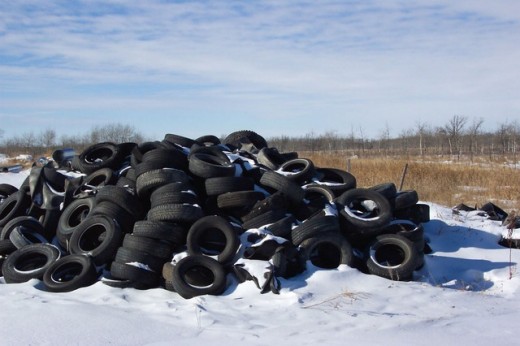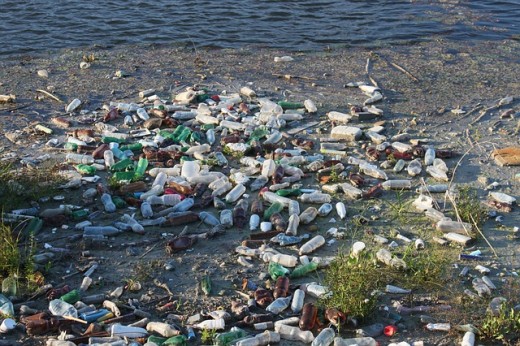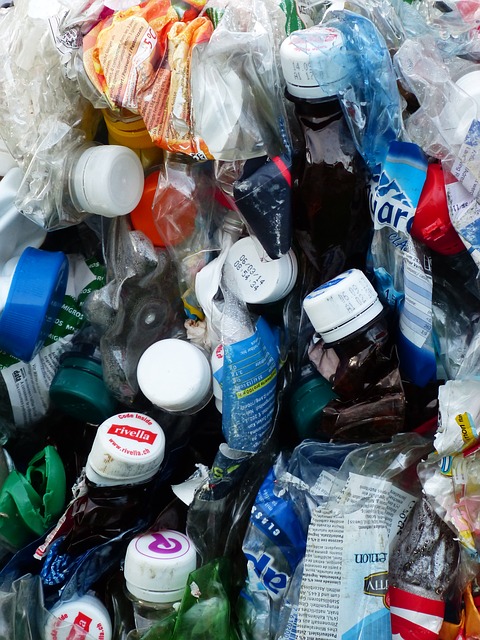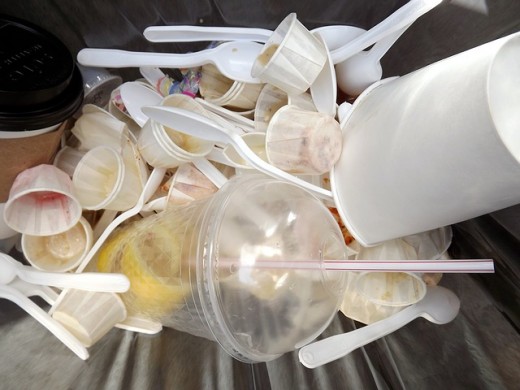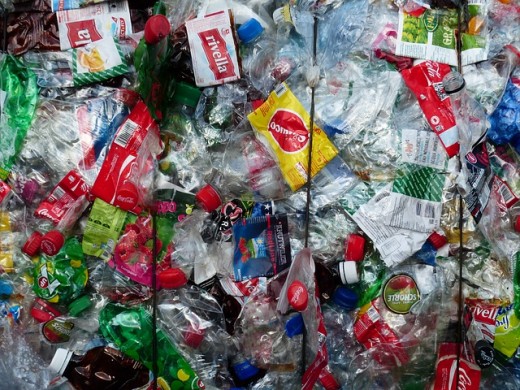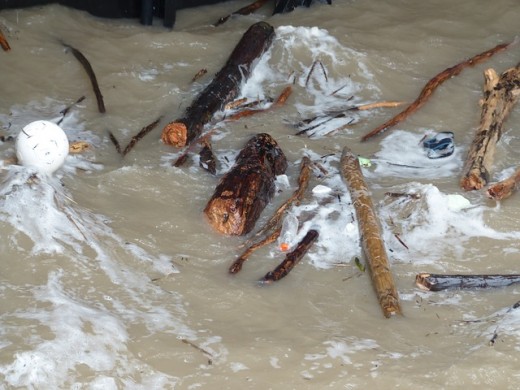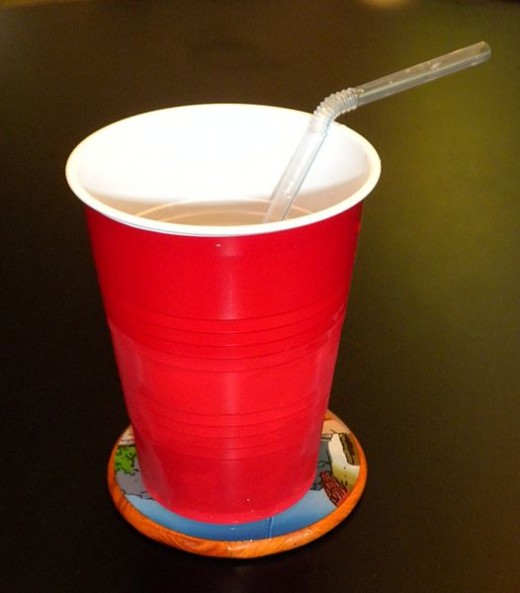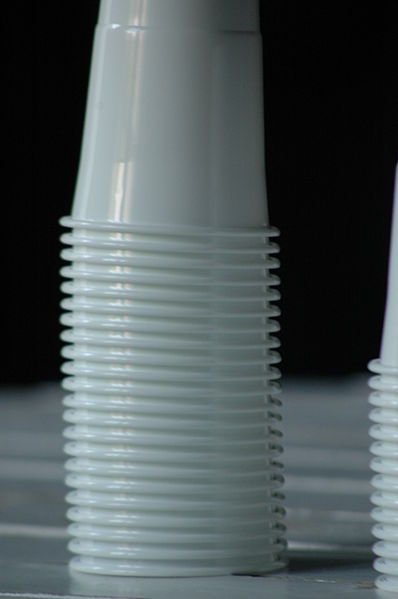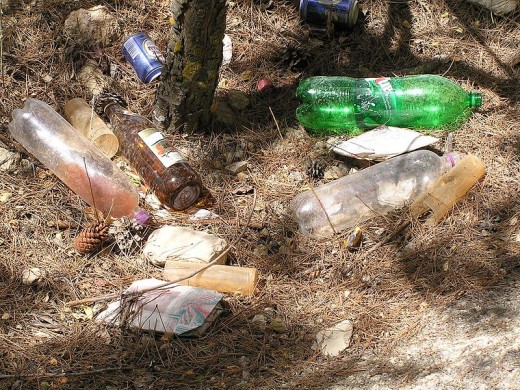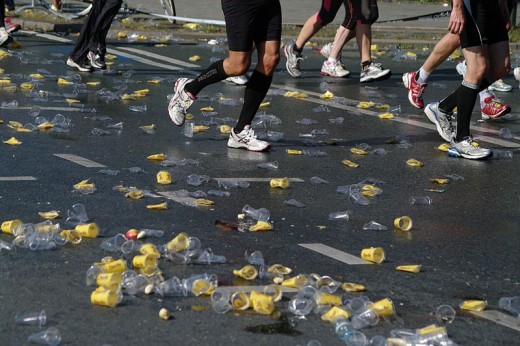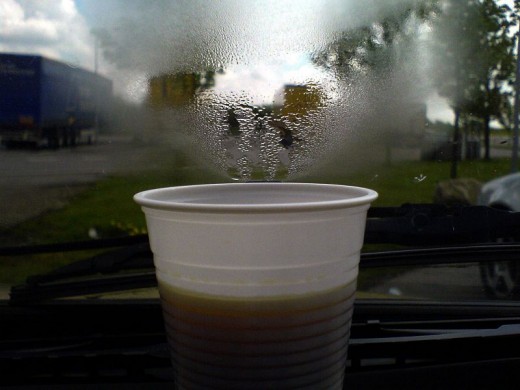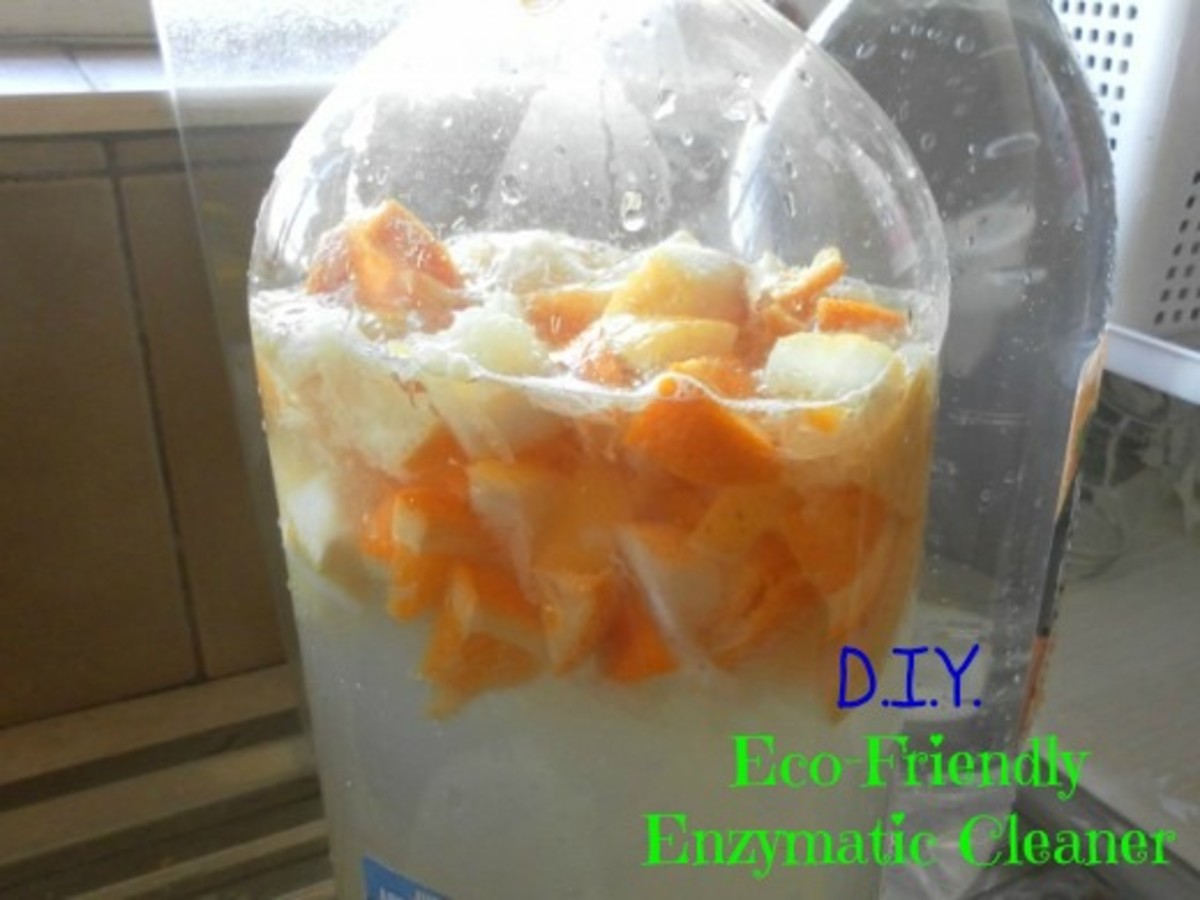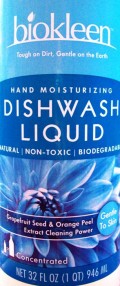How to Eliminate Disposable Products and Switch to Reusable Ones







Introduction
The old generation preferred reusable things to meet their daily needs. They were used to find the ways to prolong the utility and longevity of the things to be used.
But the flow of money increased the prosperity, and hence increased the flow of disposables. The frequent use of disposables has polluted the environment.
Instead of recycling, it is better to reduce or reuse. To reduce the disposable waste, it is better to generate less and less of it. This could be done by using the products having less packaging material attached to it. On the other hand, the reusable things are long lasting, money saving, and Eco-friendly.
Reusable Cloth Diapers
The disposable diapers create non-degradable waste, which may take a few centuries to get completely decomposed. In the US alone, the disposable diapers have about 3 percent share in garbage waste. Now the washable, environment-friendly, and reusable cloth diapers are being used.
The decision to use the reusable, instead of disposable material for babies is not hard to be taken. The reusable cloth diapers are the best than the disposable ones, where one has the choice to select the soft cloth with a natural feel.
To make an absorbent cloth diaper, put the microfiber cloth inside of the folds of the diaper, or keep the microfiber between two pieces of cloth. The folding technique is shown in the picture. The cloth diapers are cheaper and long-lasting. The reusable diapers are also available at Amazon, which proves to be cheaper in the long run.
The studies show that more water and electricity is used to wash the cloth diapers than to produce an equal number of disposable ones. But the energy can be saved on these by sun drying.
The reusable baby cloth diapers have been recommended by several mothers. These diapers contain more comfortable material and fine workmanship. These diapers are soft, healthy (antibacterial), waterproof, washable and best absorbents. The fitting of these easily washable pocket diapers has an adjustable snap as per the growing size of the baby from birth to potty training period.
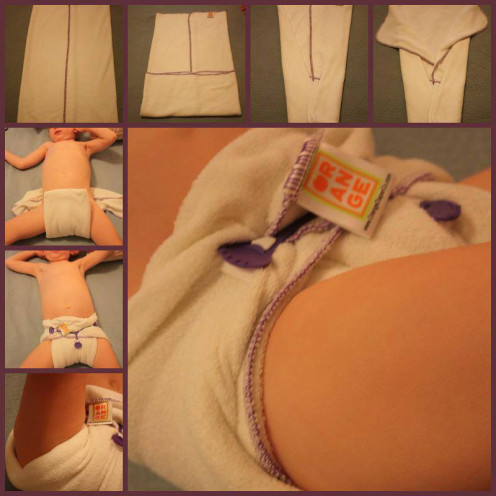
Use Electric Razors
The people with the hard beard cannot use the disposable razor more than once or twice. The manufacturers claim 6 to 8 shaves, costing up to $15.00. If a person shaves daily then the cost will rise and there will be an added bonus of disposable items.
The cost of reusable electric shaver can be recovered within a month and the shaving by these razors costs just a few pennies a day. Besides these razors need electric energy but do not require shaving cream or the hot water.
To alleviate the weight of waste plastic products from the landfills, another option is to use the razors with permanent handles and disposable heads. This will reduce the razor waste by 90 percent.
Reusable Menstrual Products
During an average of five days, about 20 disposable products per cycle are used. if a woman uses 4 pads per day. Then in 12 cycles in a year the total 240 tampons are used. In a lifetime menstruation cycle of 40 years, the whopping 10,000 disposable pads are thrown away, which end up in a landfill. As per estimate the women in the US annually use about 20 billion disposable sanitary products. The global picture is unimaginable.
The cost of a disposable pad or tampon is about $4.50 per cycle at the minimum, whereas some women spend more than this. This cost per year is then $54, and over $2,200 in 40 years. Now if the cost of manufacturing, marketing, packaging, transportation, etc, are taken into account, then the damage caused by land and water is a shocking wastage of resources.
Some disposables pads contain allergenic latex, a carcinogen dioxin, the skin irritant, and super-absorbent sodium polyacrylate crystals. These plastics leach out estrogen effect. They induce reactions in some women and cause yeast infections due to moisture. The disposable tampons create irritations, dry out the vagina, change the pH balance, and cause thrush. The menstrual cups do not cause any dryness.
The reusable cloth pads fight the thrush, give a cool and dry feel and reduce the risk of chemical exposure. A wide variety of long life and reusable sea sponges, menstrual cups, tampons, and cloth pads, are available in the market which is more comfortable than the disposables.
The advantages of disposables over synthetic pads are many, including health, money saving, and the environment. The washable cloth pads are convenient, allow the natural blood flow, protect delicate parts, help in shorter periods, save the environment.
The cloth pads acquaint the women with themselves. They make them realize that blood is not hateful or shameful but it is a thing, "to celebrate". The famous quote of D.H.Lawrence.
The purchase of cloth pads, generally helps the small manufacturers, mostly the business women. The big stores often buy these pads from small suppliers.
Save planet
Do you want the disposables to be eliminated.
How to make reusable menstrual pads at home
Use Rechargeable Batteries
Not only the elders but the children too generate a huge lot of used batteries to be disposed of at the whim. These batteries are generally thrown away to fill the landfills or are usually found in the gutter. They pose a great health hazard and also cause pollution. The cost of these batteries is additional.
To avoid this situation it is better to use rechargeable batteries, to be easily charged with the home charger at little cost.
Before using the rechargeable batteries, confirm their compatibility with the desired devices or equipment. They come in different varieties, and some are meant especially for the particular purpose.





Avoid Plastic Utensils
The plastic glasses, utensils, containers, plates, cups etc create more disposable and less decompose waste. For a little convenience to the user, they create more inconvenience to landfills and clog the water outlets.
Instead of these disposable products, use hard plastic plates and cups, which can be used for years. The unbreakable plastic plates are easy to be cleaned without any worry to maintain the stock of disposable. It is a sheer wastage of money to buy the disposable utensils. Avoid serving the meal in disposable utensils. The disposable plastic products leach out carcinogenic chemicals which trigger estrogen effect and lead to physiological hormonal imbalance.
Discard Plastic Bags
The ban on plastic bags has led to the production to paper and compostable bags. These alternatives have serious environmental impacts. The manufacture of plastic bags require transportation, material, energy, and water per bag and more resources are exhausted.
The solution is to discourage the use of plastic bags and use the reusable cloth bags. The used pillowcases or used clothes could be sewn into cloth bags to carry grocery items and other things.
Amazon has a wide range of long lasting cloth bags. One bag made of cloth can substitute hundreds or thousands of plastic bags. This will reduce the use of 365 to 200 plastic bags per person per year, at the minimum level. Not the ban but the public awareness is essential.
The disposable plastic bags cause great environmental hazards, by taking hundreds of years to get composted. The annual global consumption is beyond imagination, but in US alone, about 720,000 plastic bags are used every hour. These bags certainly go to the waste garbage boxes and then to the lap of helpless mother earth.
Also replace the plastic containers for grains etc, by steel or glass jars and hence try to eliminate the plastic or wax paper bags.
Reduce the trash and save the cash
Avoid disposable coffee cups.
Use a permanent coffee filter, not the paper filter.
Always use refill ink cartridge for computer printers.
Instead of small single serve packets, use a larger one.
Examine the trash at home and find the ways to eliminate it.
Don’t create leftover food, but cook only the quantity to be consumed.
The disposable water bottles cost 10 times more than the water filter.
The plastic or paper plates, cleaning wipes etc, can be easily replaced.
Avoid the use of disposable plastic pens and use refillable pens instead.
Replace the toothbrush head and reusing the handle to reduce 95% waste.
Replace the disposable paper with long lasting and reusable cloth products.
Use washable cloth products instead of kitchen paper towels or paper napkins.
Use the peels as compost or vermicompost to grow organic herbs or vegetables.
Boxes and wrappers of food can have their substitutes in homemade versions.
Conclusion
To eliminate disposable products, and to switch to reusable ones, there is a need to change the mentality and the habit of the people. This could be done by cultivating in them a sense of belonging, with mother earth. Moreover, the disposable plastic things generally contain harmful chemicals.
The use and throw policy have to be changed. We have to gradually reduce the use and then eliminate the demand for disposable items from the markets. The environmentally friendly products are easily available. One reusable thing, which may be a little costly in the beginning, proves to be a substitute of hundreds of disposable ones of the same kind and is economical over the years.
© 2013 Sanjay Sharma

